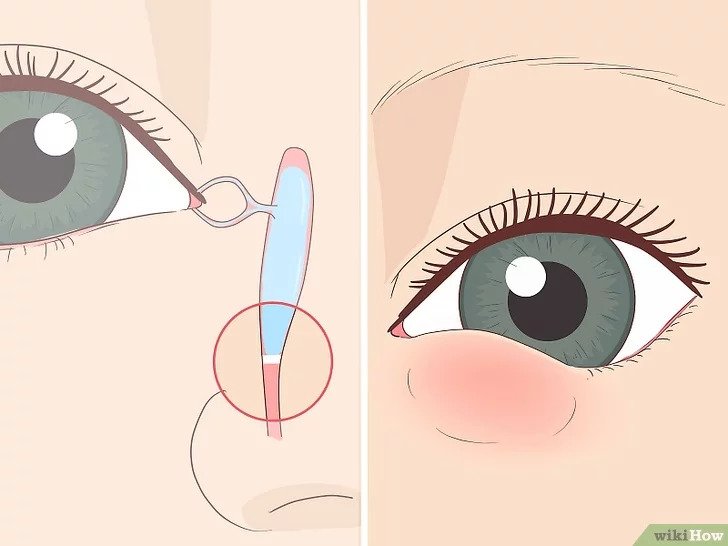Blocked tear duct in newborns: why and what to do?
A blocked tear duct in newborns is a rare but particularly annoying problem.
In this article I will explain what it is, how to identify it and I will describe each step of the massage that you can do to improve the situation.
1. What is a blocked tear duct in newborns?
A blocked tear duct is called, in medical terms, dacryostenosis . This represents a partial or total obstruction of the tear duct through which tears flow to reach the nasal cavities.
This blockage prevents tears from passing, causing them to stagnate inside the lacrimal sac, promoting bacterial proliferation in the conjunctiva and eyelid.
This problem is not very common. In fact, it affects only 5-7% of newborns and usually occurs from the second week of the baby's life .

2. How the tear duct of the eye works
To better understand why the tear duct becomes blocked, let's look at some eye anatomy.
Between the upper eyelid and the eyebrow arch is the gland that produces tears with the main purpose of cleaning and hydrating the eye.
Tears are produced by the gland, pass throughout the eye and drain into the small hole at the inner corner of the eye.
Passing through the tear ducts they reach the lacrimal sac and from here they are conveyed into the lacrimal canal to reach the nasal cavities .
A blocked tear duct is defined as a blockage between the tear sac and the nasolacrimal duct.
The tears, therefore, stagnate and come out of the eye.

3. Blocked tear duct: causes
The newborn can have a blocked tear duct for two reasons:
- Congenital : means that the baby is born with an anomaly in the development of one of the tear tracts;
- Acquired : This means that there is still a membranous diaphragm between the sac and the tear duct that hinders the passage of tears.

